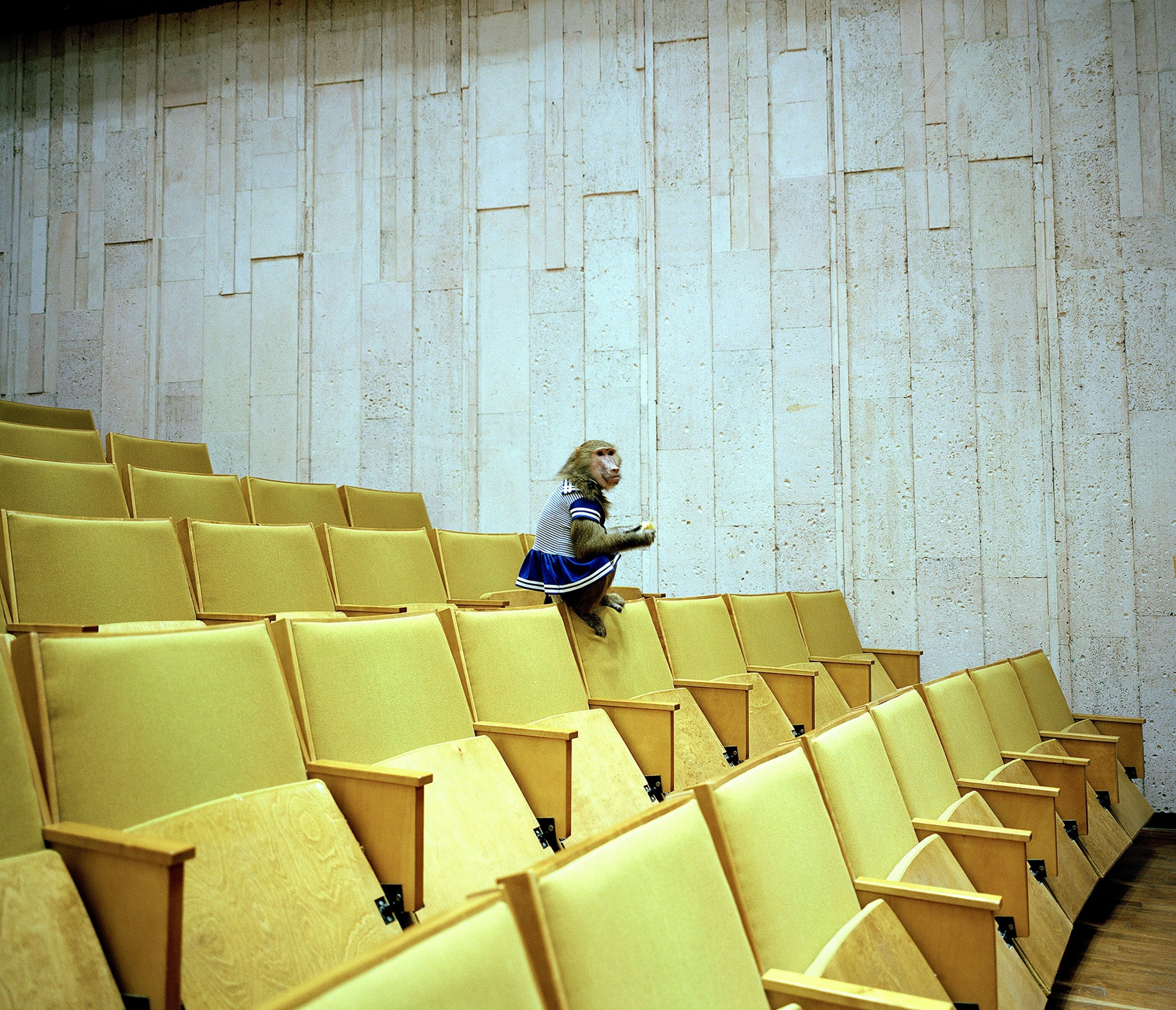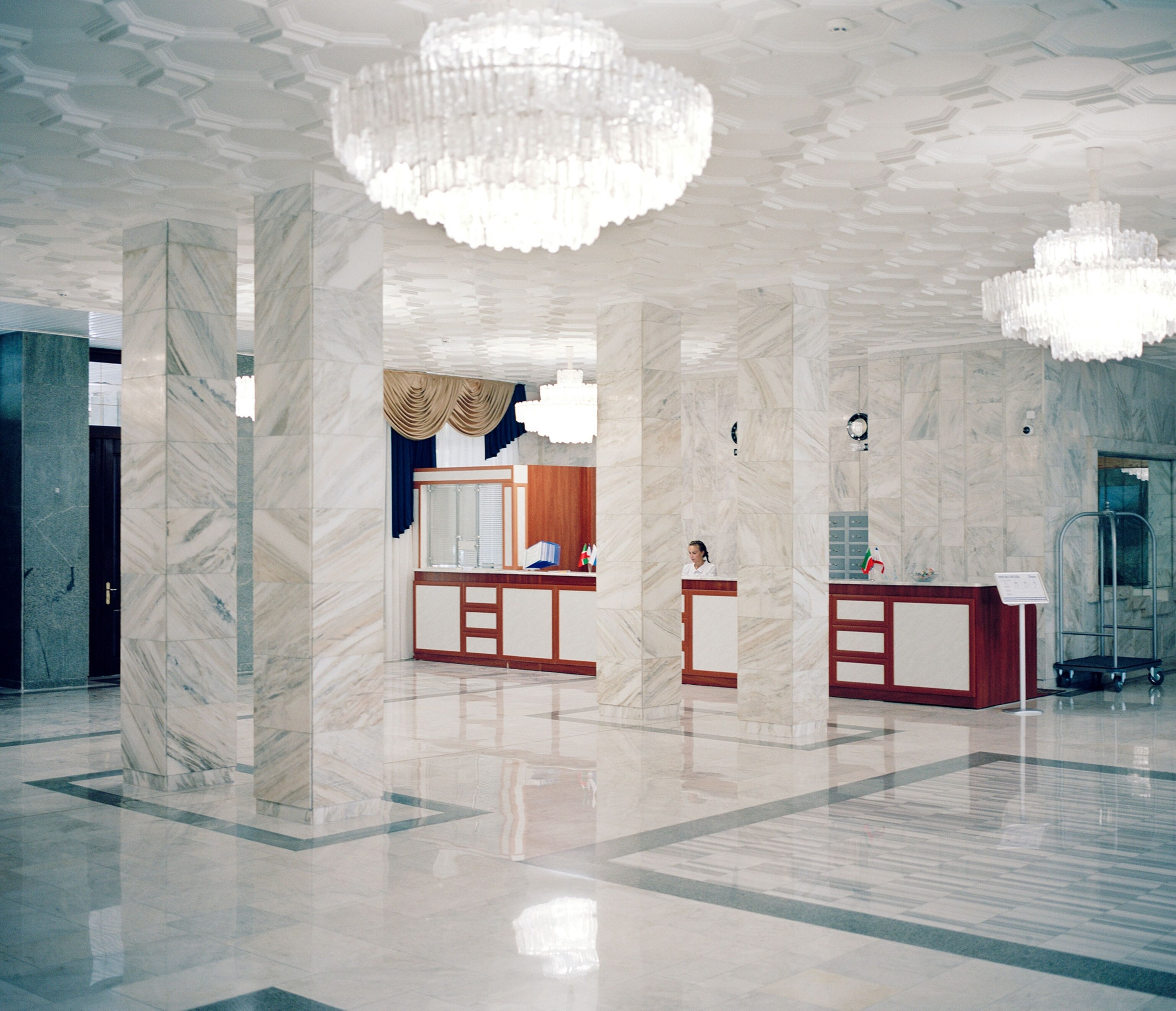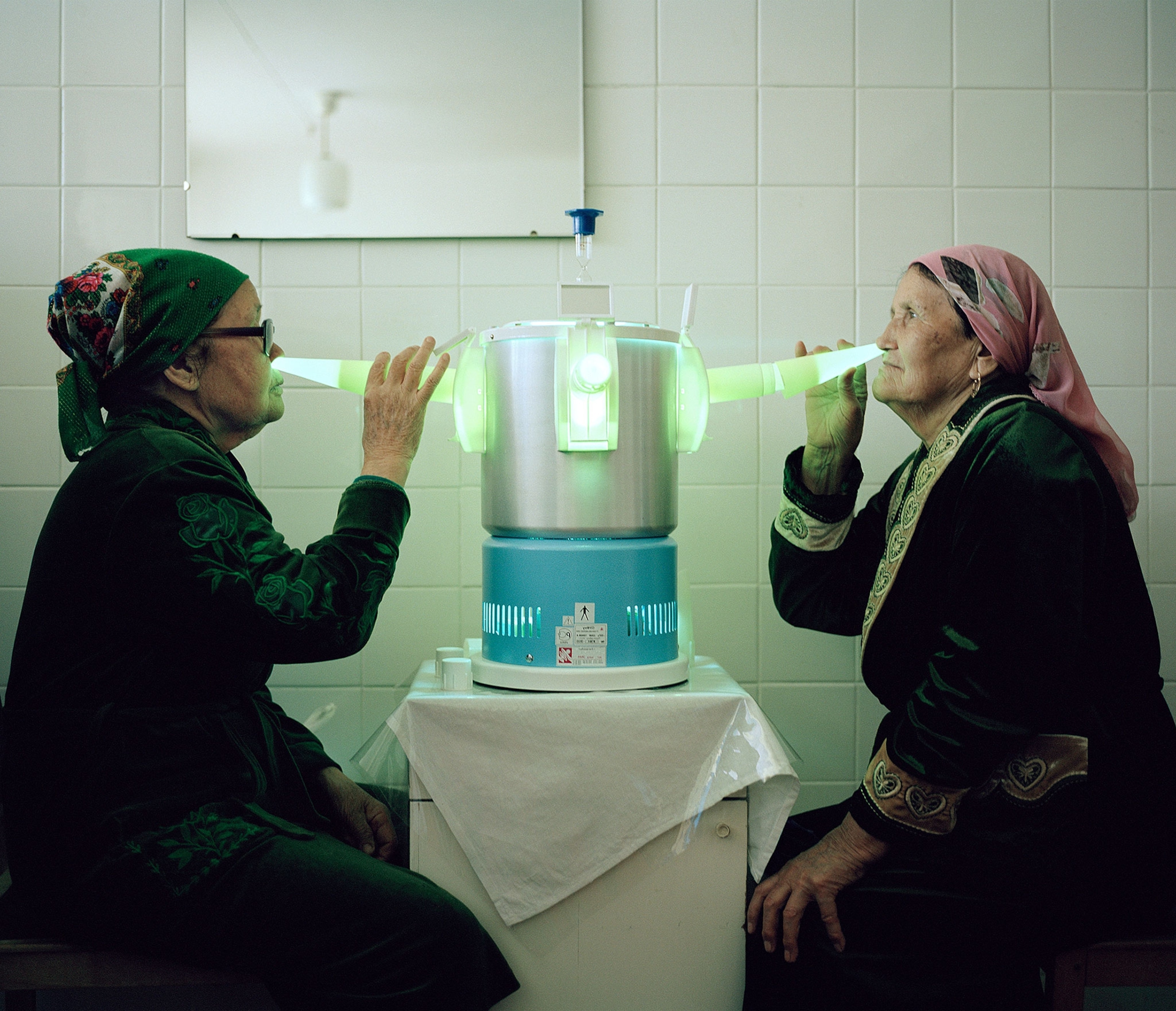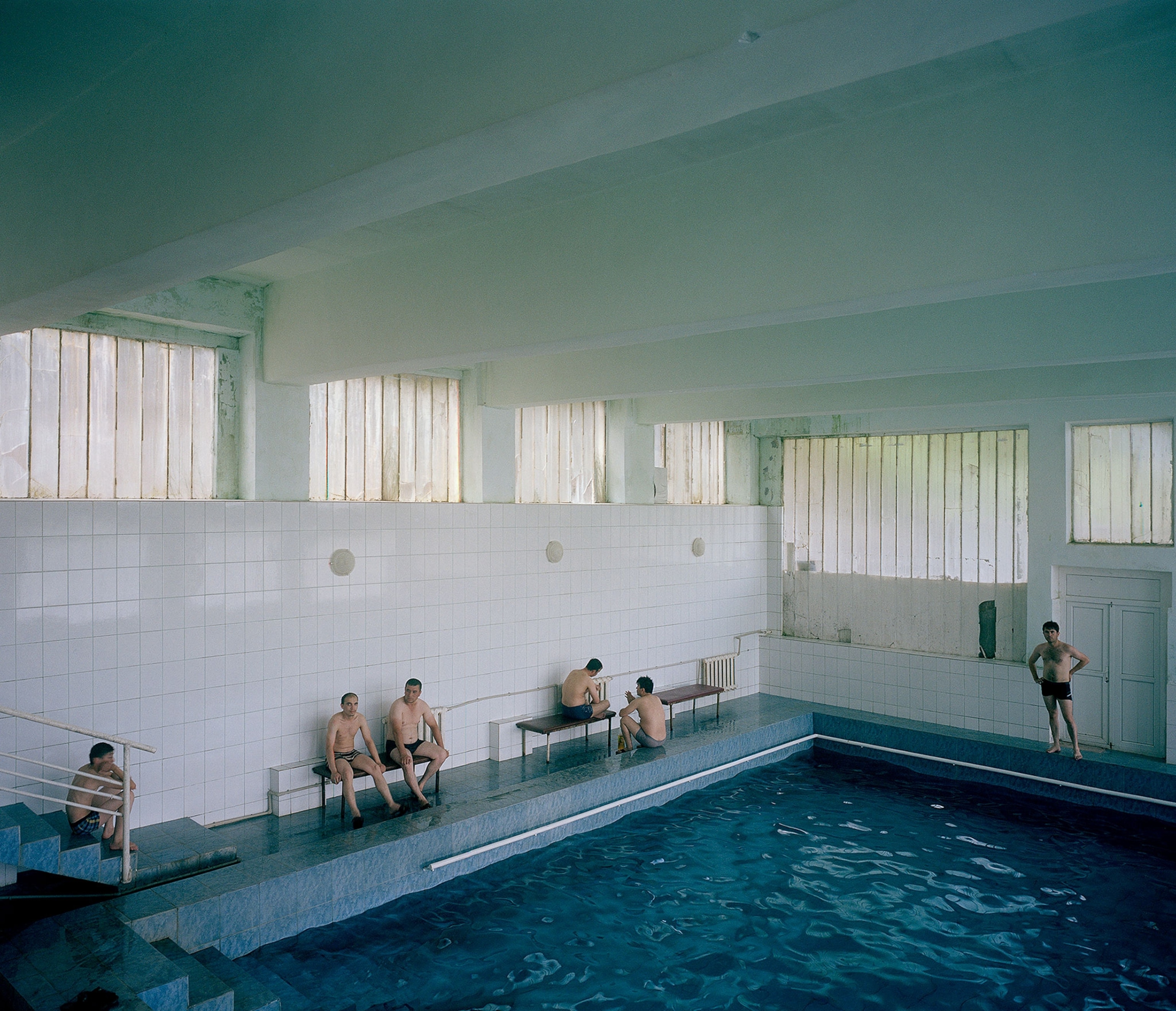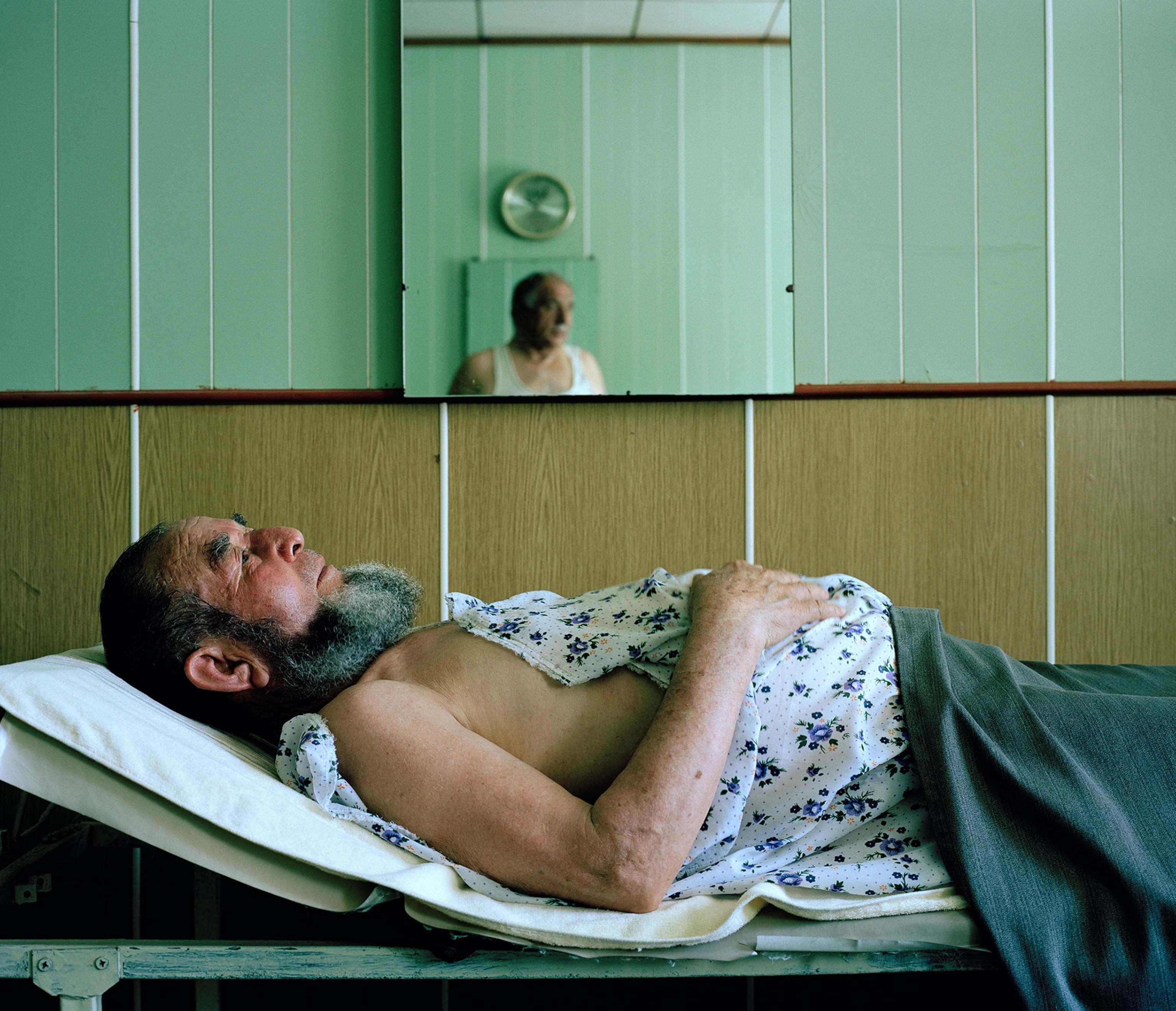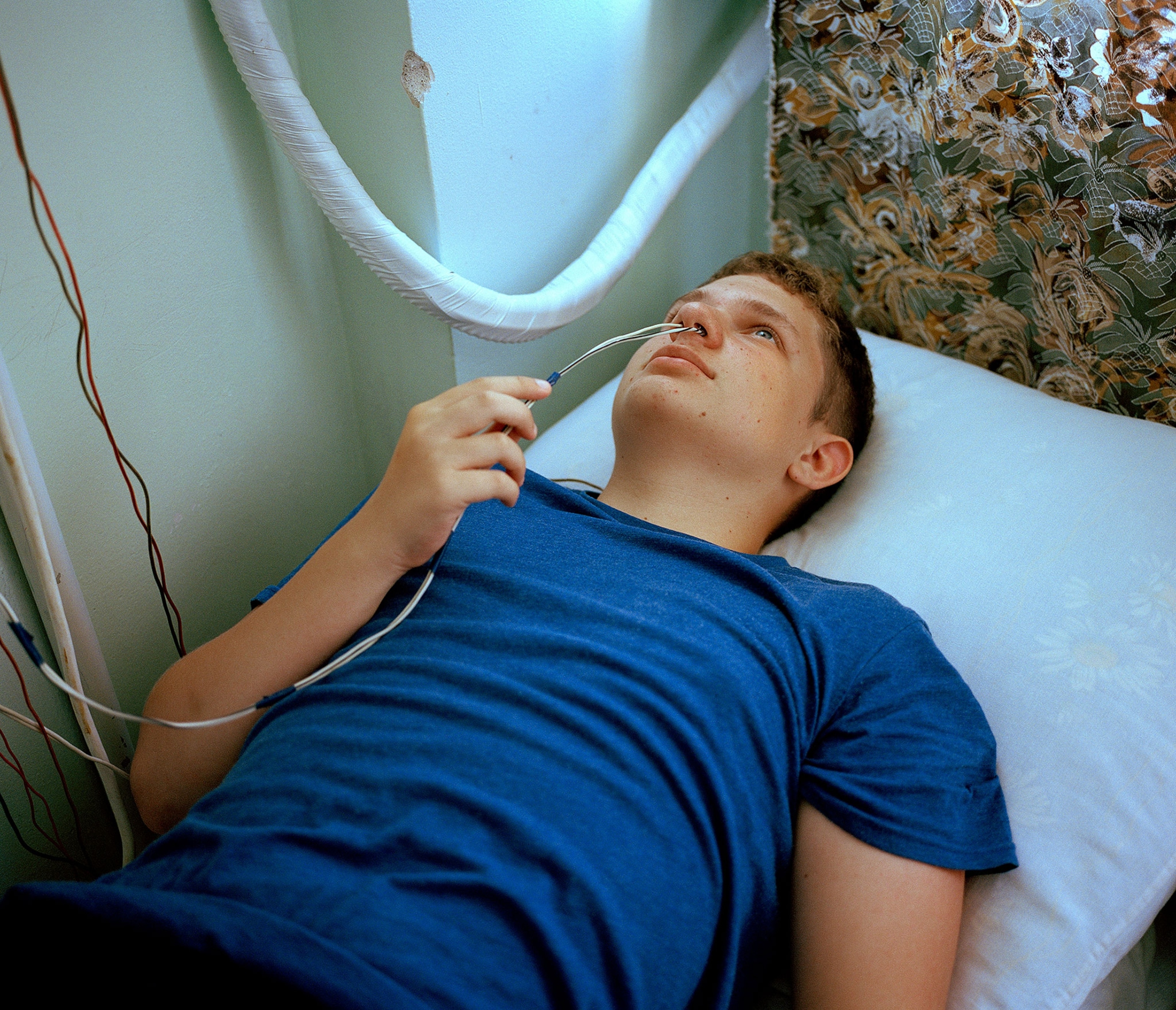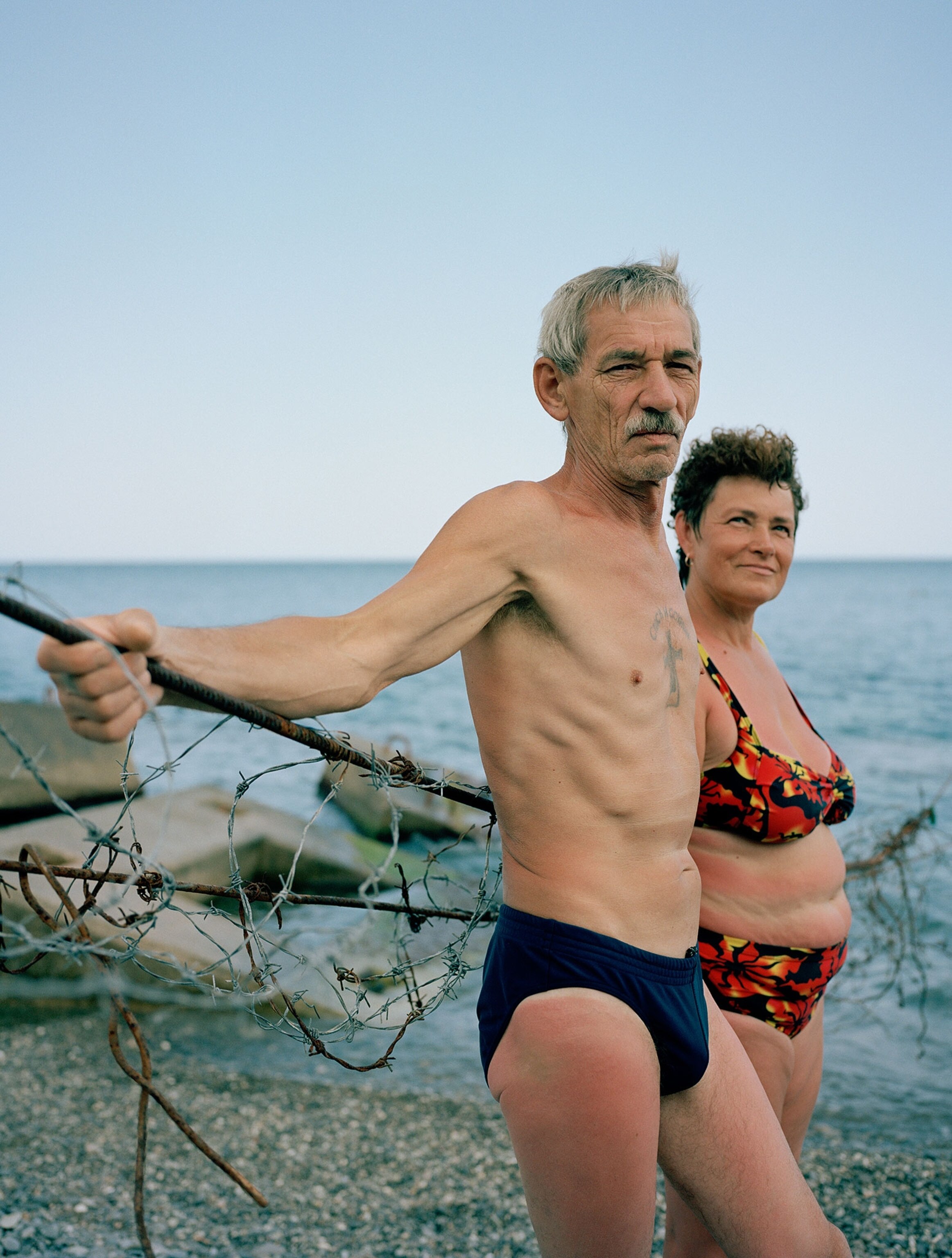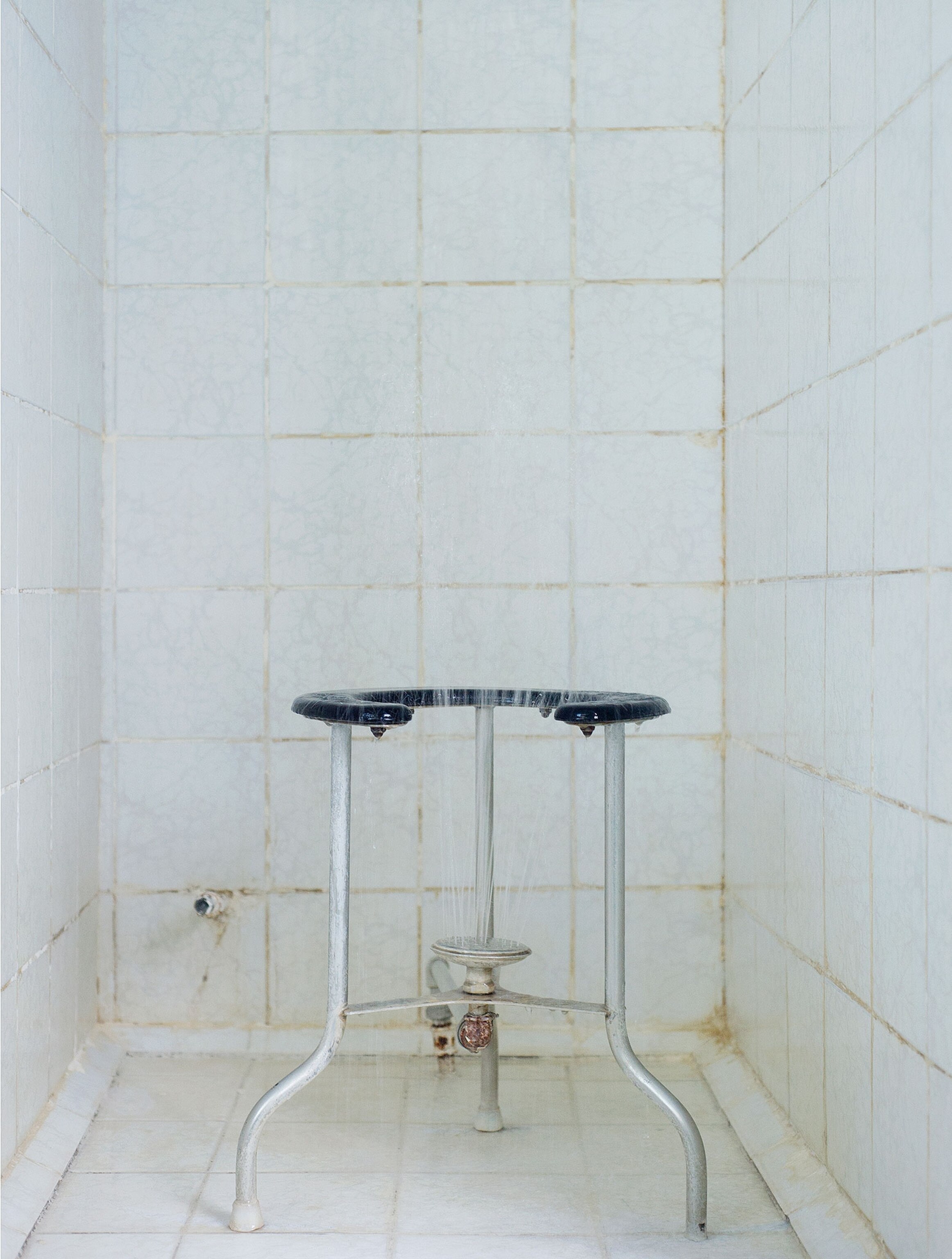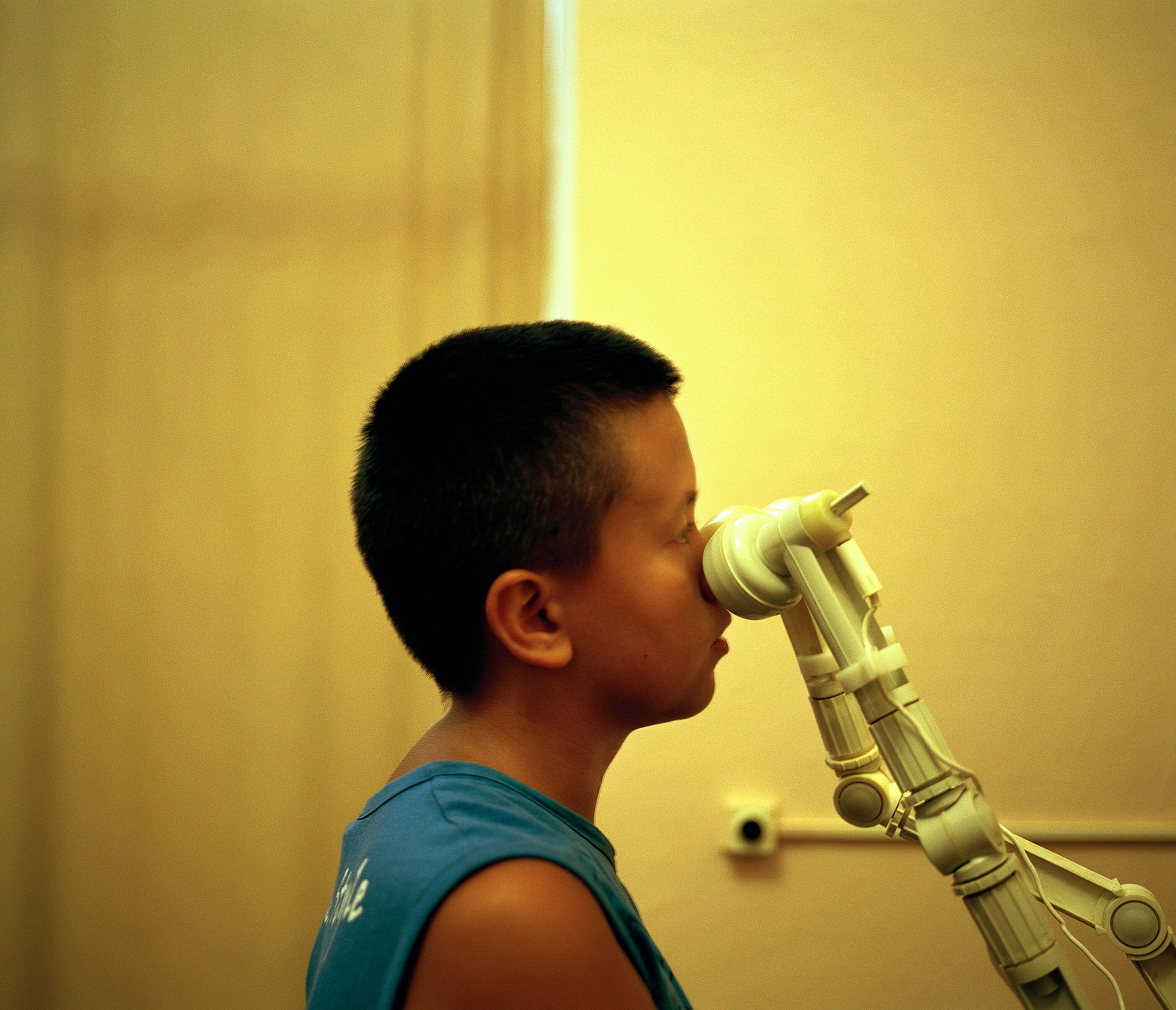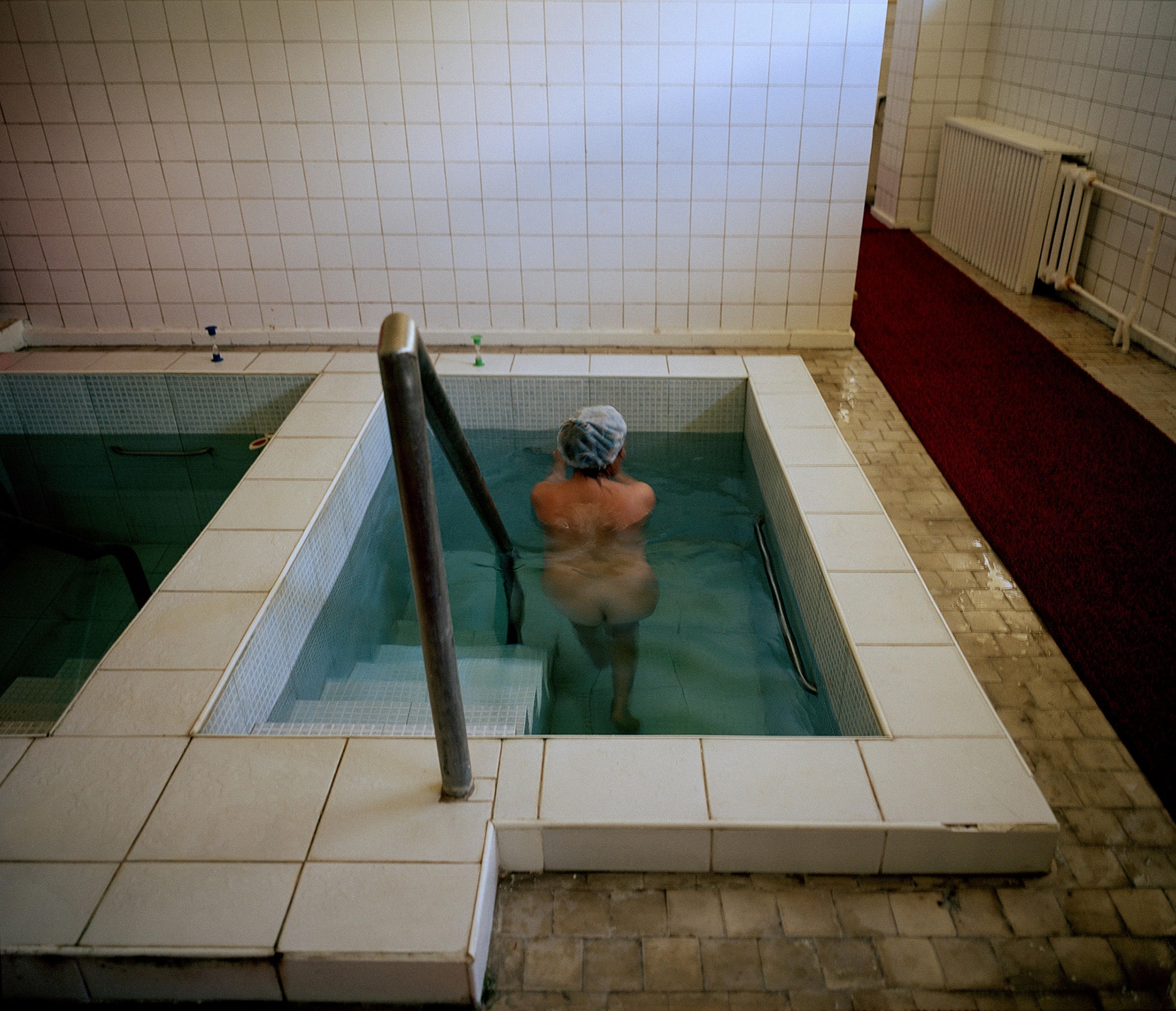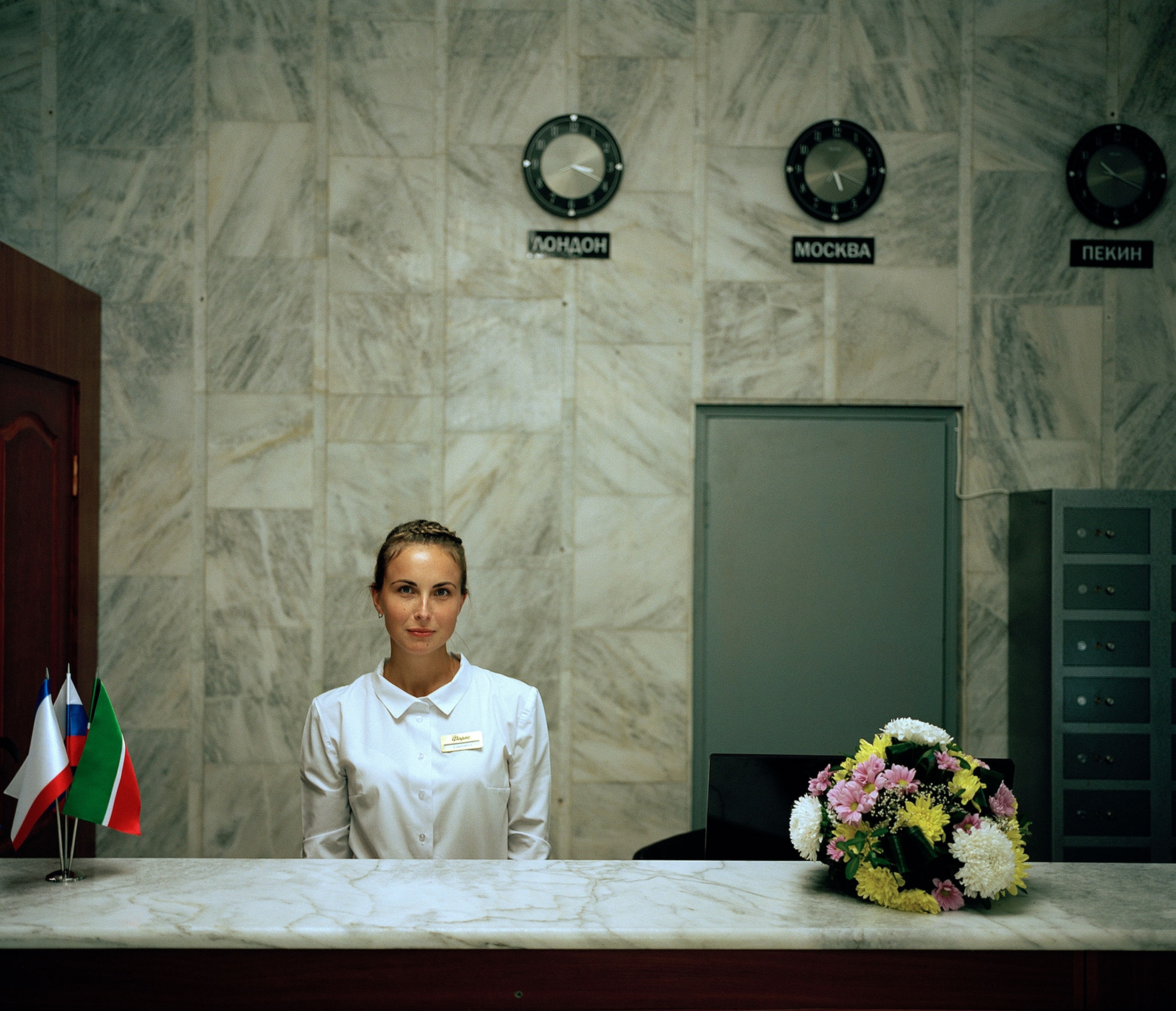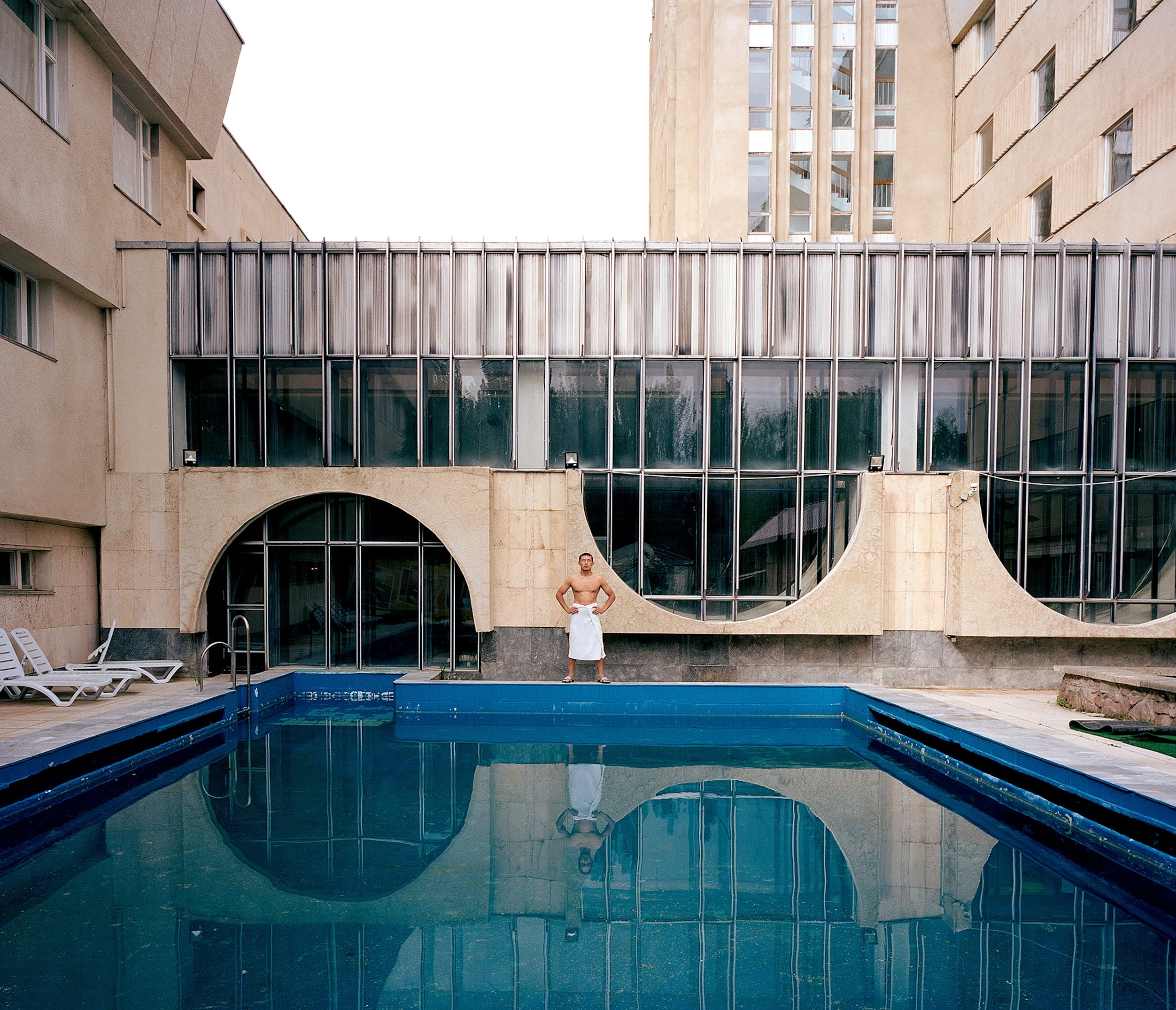
Holidaying Behind the Iron Curtain
These Communist-era health spas remain a popular tourist destination today.
“Gaiety is the most outstanding feature of the Soviet Union,” Joseph Stalin once said. This ironic misnomer has been scoffed at for centuries and speaks of a regime mired in contradictory rhetoric. It may come as no surprise then, that sanatoriums—built across the Soviet bloc to promote leisure time and wellbeing—were less “luxury resort” and more “regimented health spa”.
These Communist-era buildings, monumental in size and scope, were originally built as rehabilitation centers for Soviet workers to rest and receive treatments. But despite the fall of the mighty empire more than 25 years ago, many still exist almost unchanged today. Statues of Lenin and Stalin loom in the corridors, Brutalist pillars stand to attention and pseudo-futuristic health programs remain the order of the day.
Holiday-making behind the Iron Curtain has long occupied photographer Michal Solarski and his latest project Infirmi, made in tandem with seven other photographers and a writer, was the perfect opportunity to go deeper into this strangely singular world. Unlike vacations dedicated purely to pleasure, the sanatoriums continue to draw crowds because of their pseudo-futuristic health regimes.
Distinctly “weird” to the average Westerner, to Solarski the sanatoriums felt oddly familiar. The Polish-born photographer grew up in a former Soviet-bloc and while he didn’t go to any sanatoriums growing up, an overwhelming sense of nostalgia still drove the visual narrative. Two countries he photographed, Tajikistan and Kyrgyzstan, were suggested to him by the project’s director. But the Black Sea peninsula of Crimea evoked memories of an aunt who had long extolled its beauty to him as a child. “I wanted to confront my experience with hers,” says Solarski.
During the six months he spent in those countries, he slowly pieced together an uncanny world still caught up in its monocratic past. “The project's aim was to show not only the architectural splendour and picturesque locations,” says Solarski. “But the character of those places, the somehow unconventional approach to wellbeing, traditional healing methods, often underestimated in the western culture.”
Treatments include a sterilization lamp, which is used to kill fungus and bacteria in one’s breathing system, and a silver foil suit which sends electromagnetic impulses throughout the body and to help with varicose ulcers and chronic pains. The equipment may look stranger than fiction but the spa visitors "absolutely believe that all these treatments can help them,” says Solarski.
The buildings, whose construction began in the 1920s and stopped only after the collapse of the Soviet Union, span architectural eras from Neoclassicism to Brutalism while the interiors are just as evocatively traditional. Westerners have long held a fascination with the Soviet-era aesthetic, something that renovators of the crumbling infirmeries are well aware.
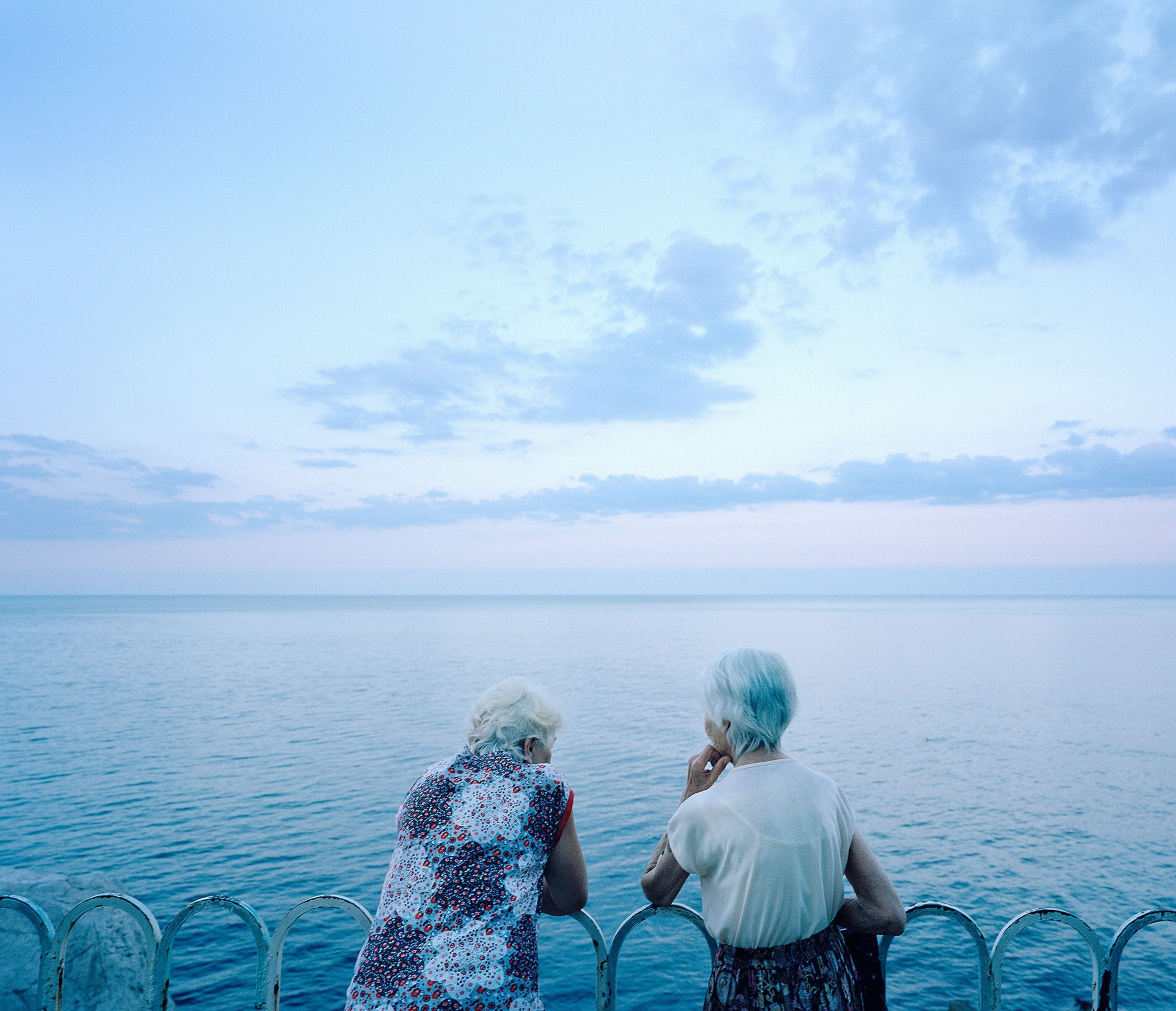
“In Kyrgyzstan they really tried to keep it as they did in the past,” says Solarski. “They are aware of the attraction. It something they could sell to western tourists, it's something different.”
Follow Alexandra Genova on Twitter @alexandraaa_cg
You can see more of Michal Solarski's photographs on his website here.
